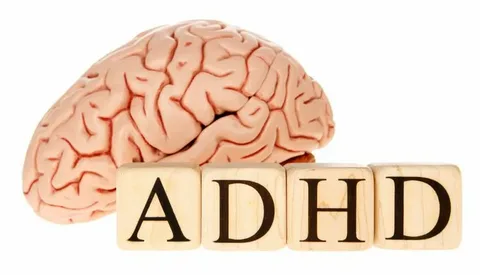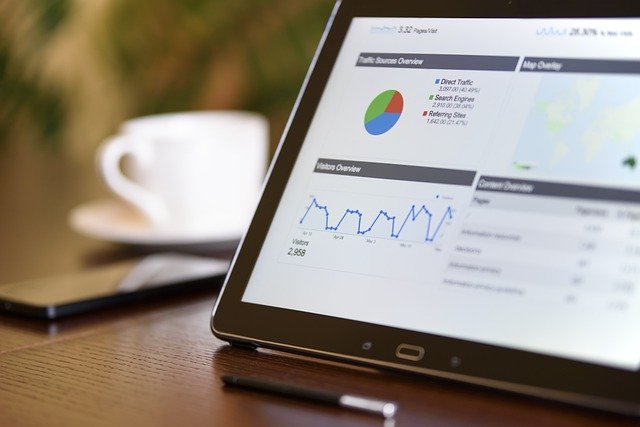Managing ADHD with Technology: Managing Screen Time for Improved Handling
May 28, 2024 | by Freya Parker

Millions of individuals worldwide suffer from Attention Deficit Hyperactivity condition (ADHD), a neurodevelopmental condition. In a world where technology rules, controlling screen time can be difficult for people with ADHD. The constant barrage of messages and stimuli brought on by the widespread use of computers, tablets, cellphones, and other digital gadgets can worsen symptoms of ADHD. Nonetheless, people with ADHD can learn to manage screen time more skillfully and take use of technology if they are provided with the appropriate techniques and resources.
Recognizing ADHD’s Effect on Screen Time:
Impulsivity, inattention, and hyperactivity are some of the symptoms of ADHD that can make it challenging for sufferers to control their behavior and concentrate on their work. These symptoms might appear in a number of ways when it comes to screen time:
Impulsivity: People with ADHD may find it difficult to control their impulsive need to check their phones or flip between apps on their gadgets.
Inattention: Excessive multitasking or aimless screen surfing might result from an inability to focus on a single task.
Hyperactivity: It can be difficult to sit still and participate in offline activities when there is an excessive amount of screen usage.
Controlling Your Screen Time:
Notwithstanding the difficulties, there are a few tactics that people with ADHD can use to better control their screen time:
Define Clear Boundaries: People with ADHD can better control their screen time if clear rules are established. This can entail establishing screen-free zones in particular sections of the house or designating specified periods of the day when electronics are off-limits.
Use Technology Wisely: Although it can be a distraction, technology can also be a useful tool for people with ADHD. To keep organized and task-focused, make use of tools like productivity apps, timers, and reminders.
Prioritize Your things: Assisting people with ADHD by dividing things into smaller, more manageable portions can help them feel less daunting. Prioritizing activities and setting aside time for concentrated work might be facilitated by using calendar applications or digital task management systems.
Practice Mindfulness: Adding mindfulness exercises to everyday activities might assist people with ADHD in developing more awareness of their thoughts and impulses. Deep breathing exercises and meditation are examples of mindfulness practices that can support the development of increased calmness and attention.
Seek help: When it comes to controlling screen time, it’s critical for people with ADHD to look for help from friends, family, or medical experts. They can offer support, motivation, and accountability while creating tactics that work.
Using Technology to Get Good Results:
While spending too much time in front of a screen can be problematic for those with ADHD, technology can also be an effective tool for learning, communicating, and expressing oneself. People with ADHD can benefit from technology by using it purposefully and mindfully to enhance their daily lives:
Educational Apps:
A plethora of software applications and apps have been developed to assist people with ADHD in areas including learning, time management, and organizing. These applications can offer individualized criticism and encouragement to keep users focused on their objectives.
Assistive Technologies:
For people with ADHD who have trouble with reading or writing assignments, assistive technologies like text-to-speech software or speech recognition programs can be quite helpful. Increased independence and accessibility in professional or academic contexts can be facilitated by these instruments.
Social Support Networks:
People with ADHD can feel understood and like they belong in online forums and support groups. Making connections with people who have gone through similar things to you can be a great way to get advice, support, and insights.
Digital Therapies:
An increasing amount of research indicates that digital therapies, like cognitive-behavioral therapy (CBT) applications, are effective in treating symptoms of attention deficit hyperactivity disorder ADHD. These applications can offer coping mechanisms and planned treatments to support people in creating better routines and enhancing their wellbeing.
In summary:
For those with ADHD, managing screen time can be extremely difficult, but with the correct tools and assistance, it is possible to maximize technology’s positive effects while reducing its negative ones. With clear boundaries, thoughtful technology use, and support when needed, people with ADHD can better manage their screen time and enhance their quality of life in general. Furthermore, people with ADHD can take advantage of technology’s ability to improve learning, communication, and self-expression by intentionally utilizing it. The potential for enabling people to flourish in the current digital landscape lies in the convergence of technology and ADHD, provided that research and innovation in this area are pursued.
RELATED POSTS
View all


